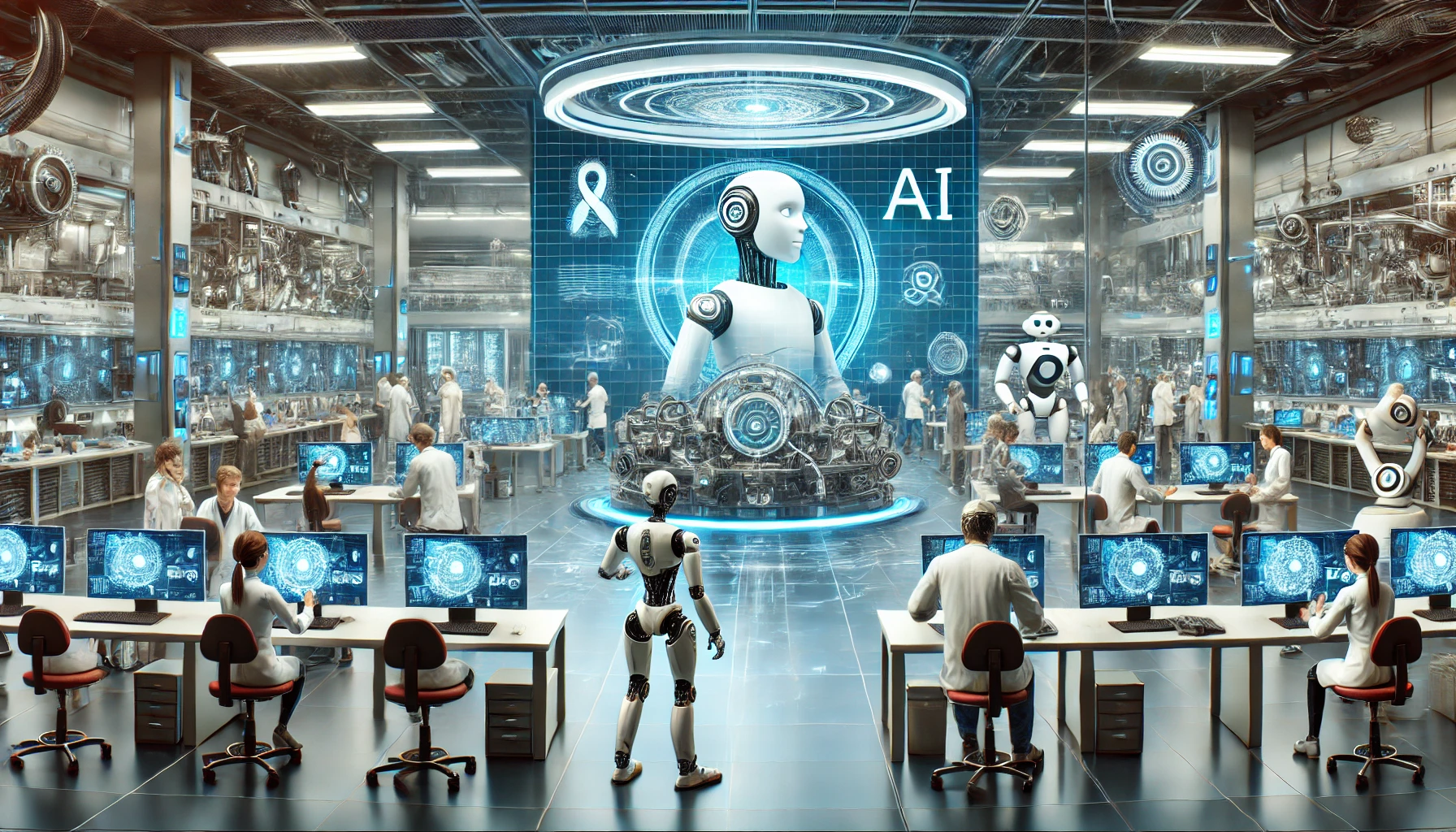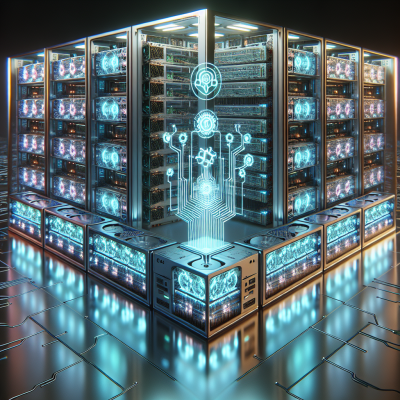
—
Understanding GPUs and Their Role in Today’s Technology Landscape
Graphics Processing Units (GPUs) were initially built for one primary purpose: rendering graphics in video games. However, in recent years, these versatile processors have stepped into a much larger role. They’ve become indispensable in powering Artificial Intelligence (AI) systems, data analytics, and some of the most cutting-edge applications driving innovation in industries like healthcare, autonomous vehicles, and finance.
In this article, we’ll explore how GPUs serve as the backbone of AI, the reasons why their architecture makes them a natural fit for machine learning and deep learning, and how their adoption is creating opportunities for technology companies and investors alike.
What Makes GPUs Ideal for AI?
While Central Processing Units (CPUs) are great for handling general-purpose tasks, GPUs are designed to handle intensive, highly parallel tasks. This architectural difference makes GPUs uniquely suited for AI workloads. Here’s why their capabilities are so critical:
- Parallel Processing Power: Unlike CPUs, which often have a limited number of cores, GPUs feature thousands of smaller, specialized cores. This allows them to process multiple calculations simultaneously, a must-have for training neural networks.
- High Throughput: AI training involves millions of computations that require handling vast amounts of data. GPUs ensure these tasks are done quickly and efficiently.
- Optimized for Matrix Operations: AI models rely heavily on matrix multiplications, an area where GPUs significantly outshine CPUs, as their architecture allows for higher efficiency.
This has made GPUs a foundational resource for implementing AI applications, ranging from computer vision and natural language processing to recommendation systems for e-commerce platforms.
—
Applications of GPUs in Artificial Intelligence
GPUs touch nearly every aspect of AI, enabling remarkable breakthroughs. Below we’ll explore some of the major applications:
1. Accelerating Machine Learning and Deep Learning
Machine learning models, especially deep learning algorithms, need to process large datasets to identify patterns and generate predictions. Training these models can take an extreme amount of computing power. GPUs speed up this process, enabling researchers and engineers to build more accurate AI systems in less time.
Example: In speech recognition, AI-powered assistants like Siri or Alexa rely on GPUs to process speech patterns and continuously improve their accuracy.
2. Powering Autonomous Vehicles
Self-driving cars are one of the most prominent examples of GPU usage. These vehicles rely on AI to process an enormous amount of data from sensors, cameras, and LiDAR systems in real-time. GPUs allow them to execute complex decision-making algorithms crucial for safe navigation.
3. Enabling Real-Time AI Applications
Many AI applications depend on real-time decision-making, from facial recognition to fraud detection in financial transactions. GPUs ensure these processes happen almost instantaneously, even when handling millions of data points.
—
The Financial Impact: How GPUs Drive Technology Growth
The adoption of GPUs goes beyond just technological progress—it’s also an economic story. GPU manufacturers, like NVIDIA and AMD, have seen explosive growth as the demand for AI processing continues to rise. From big tech companies investing in AI infrastructure to startups deploying machine learning at scale, GPUs are a key part of the puzzle.
Growth Opportunities for Technology Companies:
- Data Centers: Cloud service providers like Amazon Web Services (AWS), Microsoft Azure, and Google Cloud rely heavily on GPUs to build AI solutions for their customers.
- Startups and Research Institutions: The affordability and accessibility of GPUs have empowered smaller organizations to adopt AI and compete in the market.
- Gaming and Beyond: While their applications have broadened significantly, GPUs remain integral to the gaming industry, which continues to thrive alongside AI.
The synergy between GPU technology and AI has created a flywheel effect, where better hardware leads to more advanced software applications, which in turn generates even more demand for improved GPUs.
—
Investing in the GPU Revolution
For investors, GPUs represent an essential component of the broader AI trend, making them a potentially lucrative long-term opportunity. Companies that specialize in GPU production, as well as the tech giants leveraging GPUs for AI, are poised to gain significant market share in the digital economy.
To capture this momentum, investors might look toward ETFs like Invesco QQQ, which includes many of the companies driving AI innovation. By bundling high-performing technology stocks, these ETFs provide exposure to the revolutionary impact of GPUs without having to pick individual winners.
—
Conclusion: GPUs Are More Than Just Chips
GPUs have evolved far beyond their original purpose of rendering graphics. Today, they are the unsung heroes behind AI’s rapid development, accelerating everything from medical advancements to personalized recommendations on social media platforms. As GPUs continue to push boundaries, the opportunities for both innovation and investment are limitless.
By understanding the role of GPUs in the AI revolution, we gain insight into how technology is transforming industries and creating unprecedented possibilities for the future. Whether as a tech enthusiast, a business leader, or an investor, keeping an eye on GPUs means staying at the forefront of technological progress.



Leave a Reply